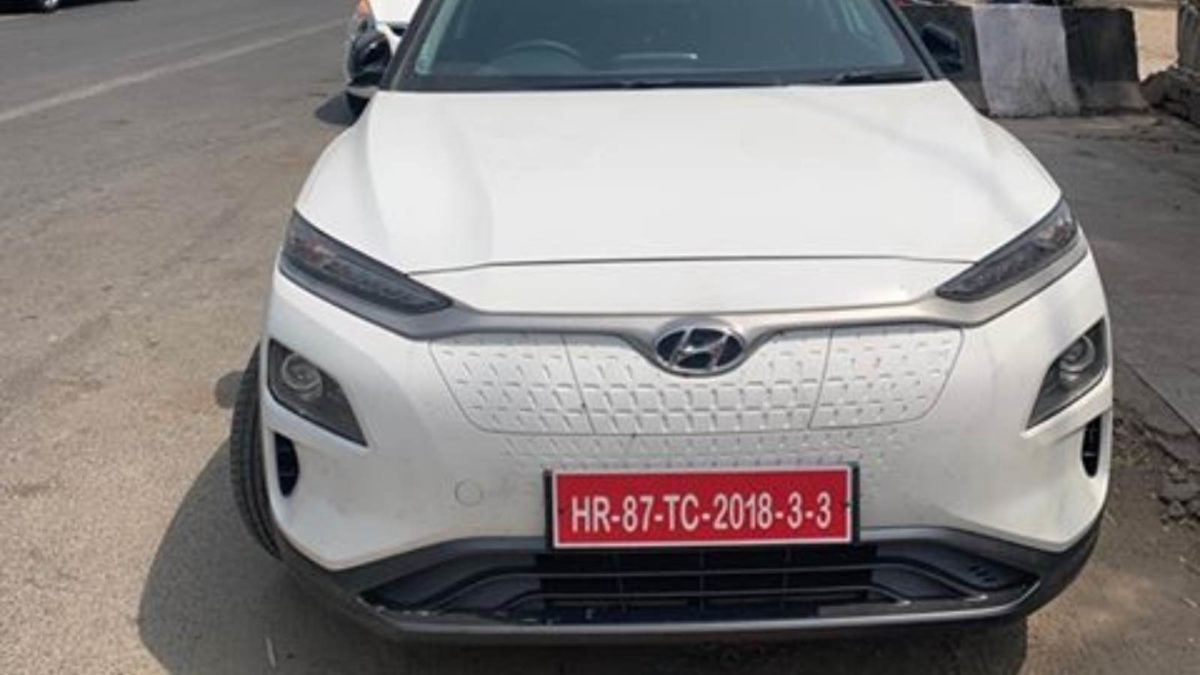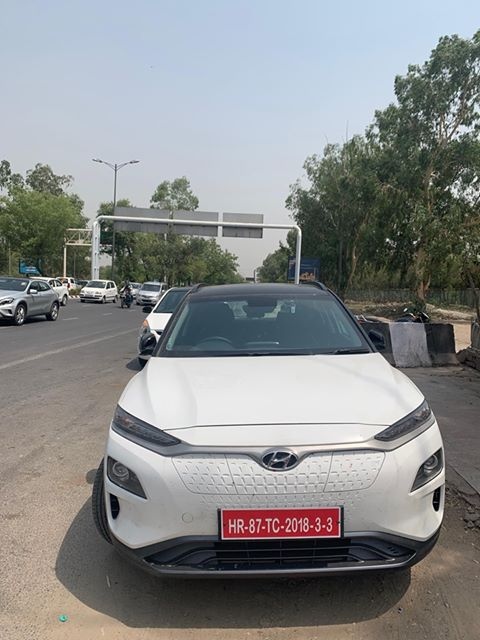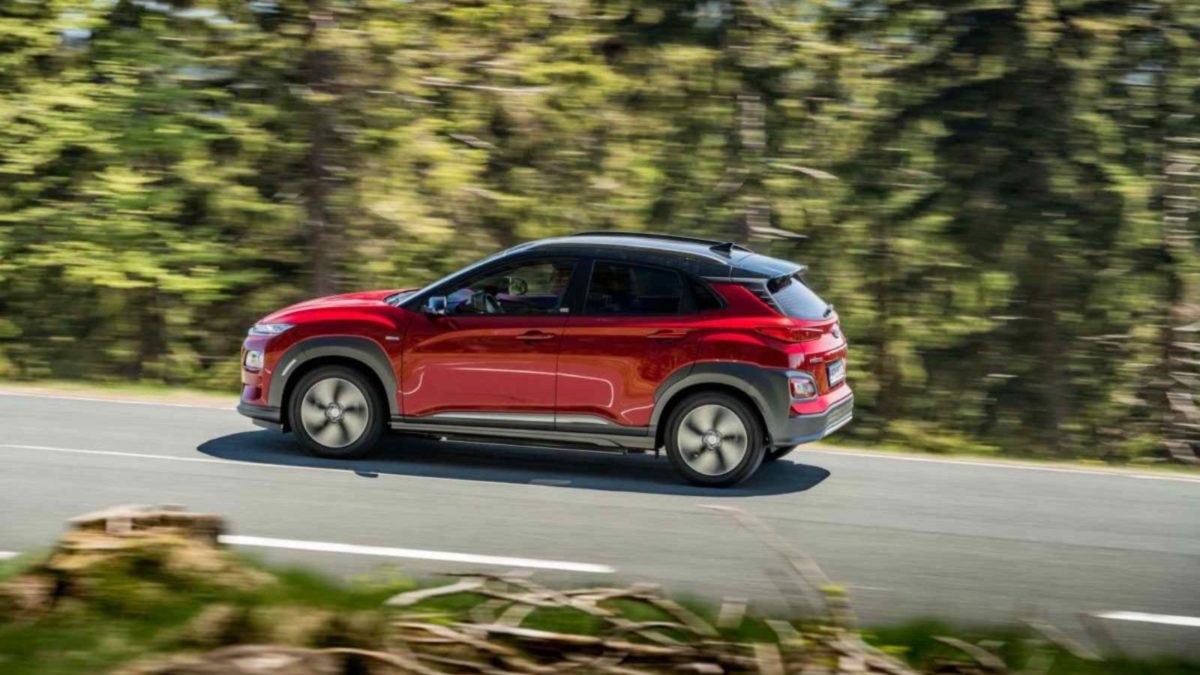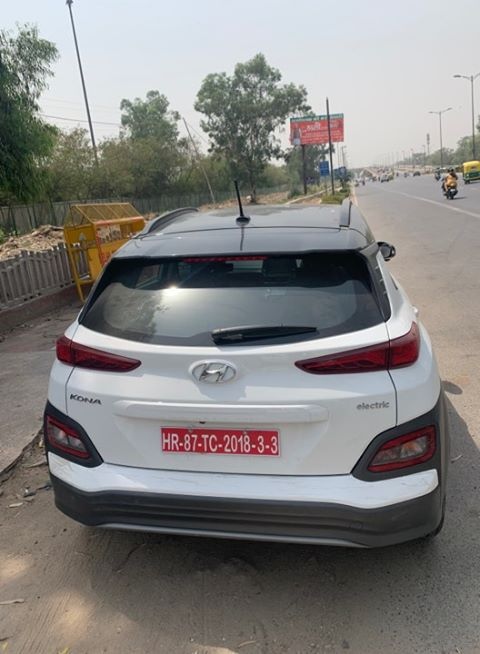The Indian market is about to get much more interesting. For the first time, we should have a proper, all-electric SUV in our market, courtesy of Hyundai. The Korean carmaker is about to bring their Kona SUV to our market on the 9th of July. This car indeed has the potential to bring a wave of electrification in the Indian market. Being the first car of its kind in the Indian market, it also will bring in quite a few unique features. Here are five things you need to know about this Hyundai, ahead of its launch in our market.
The Kona Started Life As A Conventional Vehicle
Wait, did you read that right? Yes, you did. Unlike most EVs which are based on a completely new platform, Hyundai took a different approach for the Kona EV. Hyundai first introduced the Kona as a regular, petrol-powered car, making it a familiar sight for people in international markets. After a year of running on petrol, the Kona EV made its debut. By doing this Hyundai make sure that new customers are not sceptical before buying, what is, a rather very different breed of a car. The Indian market, however, would not receive a conventionally powered Kona as it would impact the sales of the Creta.
First Hyundai without a cascading grille
Being an electric vehicle, the Kona does not require to have an open front end to supply air to the engine and keep things cool. As a result, Hyundai did not require to offer their trademark cascading grille with this electric SUV. Needless to say, with no opening at the front, the car does look unconventional, but in a good way. To add more aggression to the front end, the Kona comes with bonnet mounted DRLs with integrated blinkers while the actual headlights are placed rather low towards the bumper.
Adjustable regenerative braking
Most electric cars are known to use a kinetic energy recovery system. This complex system is responsible for charging the battery when the accelerator is depressed or the car is going downhill. As practical as it sounds, this system takes some time getting used to. As and when you lift off, the regen system cuts in and you feel as if the car is braking. Hyundai tackles this problem by offering three different modes of regenerative braking, suiting the needs of the driver.
Three driving modes
Electric cars do not require to have a conventional gearbox, as the motor directly spins the front axle in the case of the Kona. That said, you do have a reverse gear, which can be engaged by a button instead of a conventional gear lever. The power released by the motor can be modulated with three driving modes the car offers. The first mode is called eco, which as the name suggests, ensures that you save as much battery juice as possible. The second mode, comfort, is suited for everyday driving, with relaxed throttle response. For the times you feel sporty, the car also offers a sport mode which heightens the response of everything and takes driver engagement up a few notches.
To be sold via the CKD route
Unsure of the demand the car would have, it does not make sense for Hyundai to make changes to their Chennai plant to be able to produce this type of car, which represents a huge financial investment. One would think that Hyundai will take the CBU route, importing built SUVs and then selling them in our country. However, with the high import duties and taxes in our country, that would translate to a hefty price tag. For now, the CKD route seems to be the most appropriate one. With imported kits being assembled at the Chennai plant, the price of the car would be comparatively low.
Also Read: Hyundai Venue Gets A Positive Response From Its Indian Customers
While no information on the powertrain of Indian spec model is out yet, the car is sold with two options in international markets- With a 39 kW battery pack and a 64 kW battery pack. While the former battery pack promises a range of 312 km, the latter manages to do 482 km on a single charge. The 39 kW battery pack is very likely to make its way to the Indian market. This particular pack offers a power figure of 136 bhp and a twisting force of 395 Nm from the word go. This enables the car to achieve a 0 to 100 kmph time of 9.7 seconds and a top speed of 155 kmph. A special shoutout to Paras Gumber for sending these images of the car from Delhi. We shall be covering the launch of this EV, in detail, where more questions regarding the price, battery park and more would be answered, so stay tuned.




